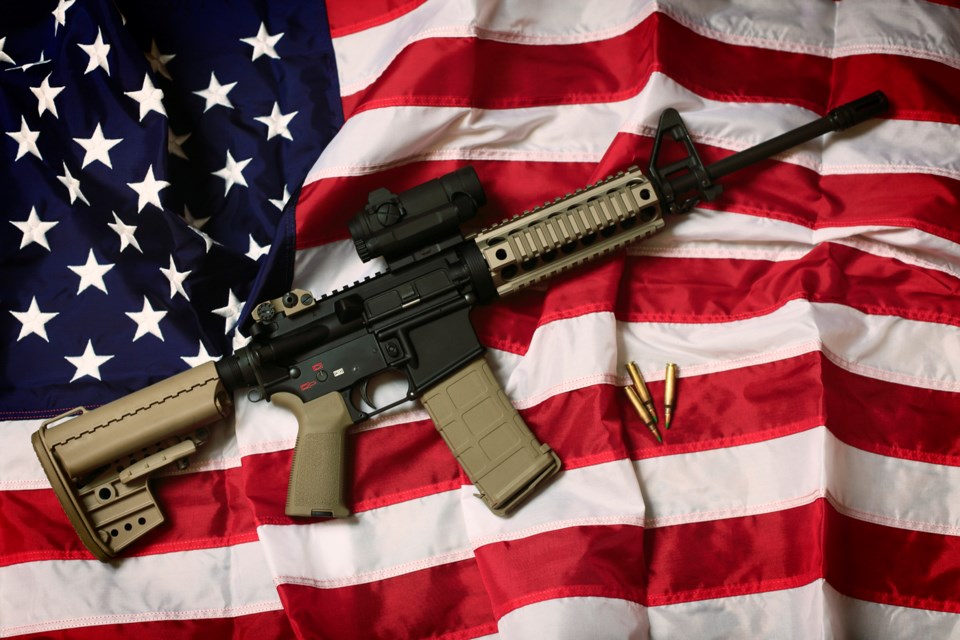American culture is pervasive.
Living so close to the United States of America, we end up watching their television shows and movies, listening to American music, following American celebrities, and spending our winters down south in America.
(And yes, I realize we are “Americans” as we live in North America and the term could be applied to all inhabitants of North, South, and Central American but for the sake of brevity, I will be using as it applies to the United States.)
One of the most important and pervasive intrusions into Canadian and world culture is American news.
Whatever the story is south of the border, it makes news around the world. I spent a year in New Zealand and hardly a day went by without a story about something to do with the United States. Whether it was the American President making another gaffe or some bizarre story involving alligators in Florida, American news permeates the globe.
And so, when tragedy strikes, the world has a front-row seat on both American and domestic channels. Uvalde, Texas, is a true tragedy.
Nineteen children lost their lives along with two teachers.
Nineteen children who said goodbye that morning to their parents and siblings.
Nineteen children who went to school that day wanting to learn and have fun with their friends.
The gun culture in the United States is part of this pervasive American culture. It is creeping into our own country where some folks hold to the notion that owning a gun is a right. It isn’t. We don’t have a second amendment. And Canadians don’t want to get to the point where openly carrying firearms is considered normal.
The sad absurdity of this latest tragedy is politicians and pundits arguing that if teachers were armed, if police were in the schools, if schools had only one door and man-traps, kids would be safe.
But the one gaping flaw in their argument is that the police were in the school. Two minutes after the shooter walked in. They were outside the building as he entered and could have stopped him then. Instead, despite being present and armed, they waited. Despite 911 calls from students inside the classrooms, they waited. For what?
Nineteen children died preventable deaths.
Todd Whitcombe is a chemistry professor at UNBC.


